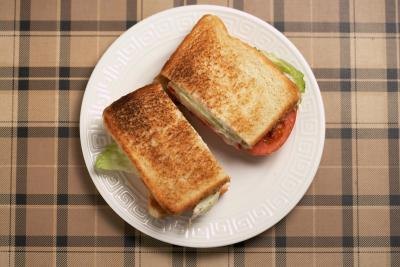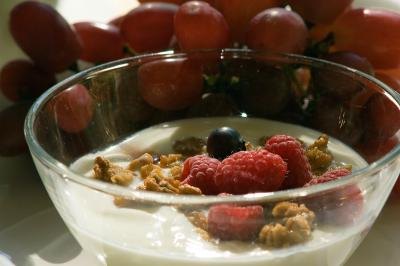African Journal of Wood Science and Forestry ISSN 2375-0979 Vol. 4 (1), pp. 219-230, January, 2016. © International Scholars Journals
Mulugeta Dawud and Afwerki Birtukan
EIAR, Holetta Research Centre, P.O.Box, 2003, Addis Ababa, Ethiopia. E-mail: mulugeta_dawud@gmail.com
Accepted 25 September, 2015
Abstract
Informal and formal surveys were conducted at Jeldu and Guder district in two peasant associations (PA) of western Shewa zones of Oromia region in 2006/2007. The study were conducted with the objectives to describe and understand indigenous agroforestry practices and identify constraints for natural resources management and propose research agenda in the context of farming system. Informal surveys were implemented through discussion, key informant interview, and physical observation. And formal survey was conducted using structured questionnaires from one hundred households (50 per district). The common agroforestry practices recorded at both study sites were scattered trees on farmlands, trees on gullies, rivers, home gardens, live fence, grazing lands, farm boundaries and around fences. Hagenea abyssinica, Dombeya torrida, Maytenus ugalinesses, Eucalyptus globulus and Buddleja polystacha are abundant at Jeldu where as Acacia abyssinica, Cordia africana, Croton macrostachys, Olea africana, Eucalyptus camaldulensis, Cupressus lusitanica, Podocarpus glaciliar, Entada abyssinica, Ficus vasta, Sesbania sesban, Albizia scimperiana, Vernonia amygdalina, Acacia decurrense, Celtis africana, Croton macrostachys and Myrica salicifolia are familiar at Guder.Free livestock movement, land shortage, poor access of tree seedlings and termite hazard are the major bottlenecks recorded outside homesteads. Soil erosion, feed shortage, wood shortage and depletion of soil fertility are the critical problems in the study areas. Investigation of feed value and soil improving characteristics are some of the potential indigenous trees and shrubs need a priority research attention. Hence this paper discussed the causes of the aforementioned problems and forwarded relevant recommendation research intervention to be conducted.
Keywords: Traditional farm forestry, farming system, and multipurpose trees.
http://internationalscholarsjournals.org/journal/ajwsf/articles/a-study-of-conventional-agroforestry





















